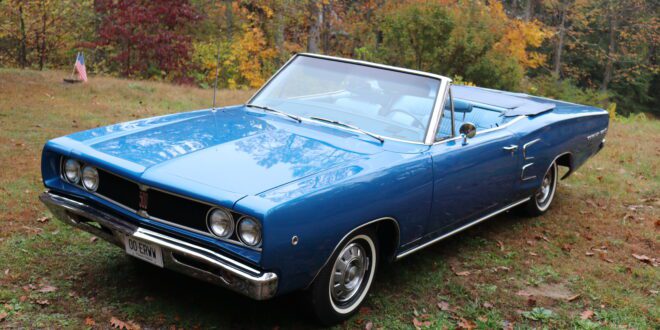OXFORD, CT – Wayne Johnson was 21 years old when he bought a new, fully-equipped 1968 Dodge Coronet 500 convertible from a dealership in Ansonia, CT.
“I had graduated school. I was gainfully employed. Needed a car and this is what I ended up with,” he recalled as he stood in the front yard of his Oxford home a few years ago.
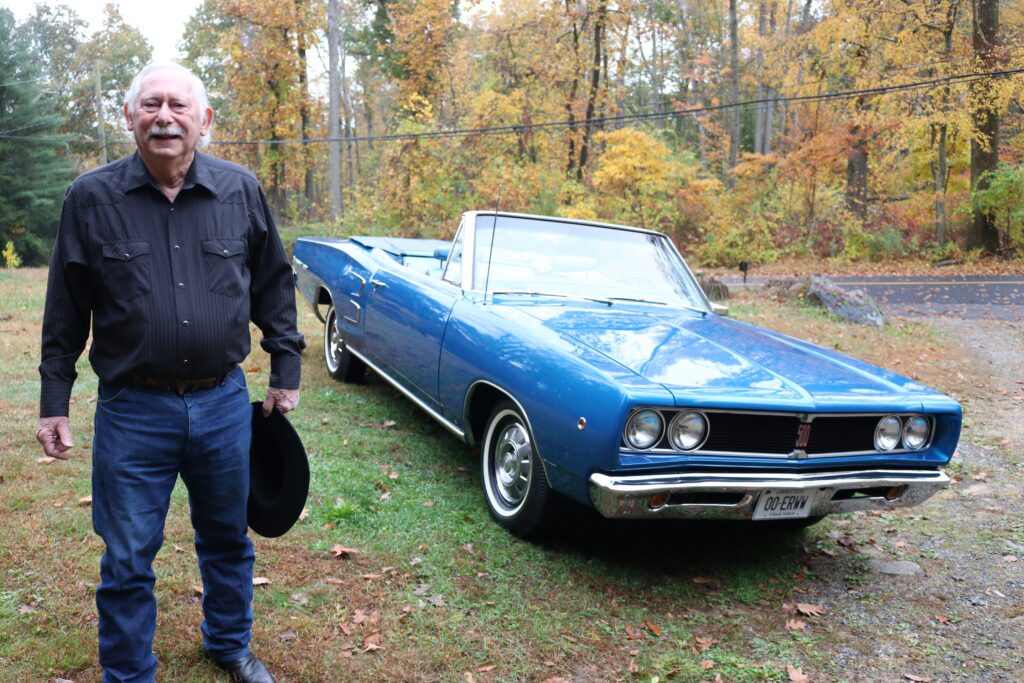
—
Behind him, parked on the lawn almost 53 years later, was the Coronet 500, which looked as if it had just been driven from the showroom.
Johnson bought it by default. He had wanted Dodge’s Super Bee muscle car in a convertible, but the company didn’t produce a drop-top version despite having previously shown off an example at car shows. Instead, he ordered a Coronet 500 in Bright Blue Metallic and waited eight weeks for it to be built to his specifications and delivered.
—
See the 1968 Dodge Coronet 500 in action in this YouTube video…
—
“Back then, the situation was you could go to a dealer and it was almost like a Chinese menu; you could order almost anything you wanted. If it was on the list, you could add it to your car, or even take it off if you wanted a special car,” Johnson said.
“There were things you could actually take away from a car, but in my particular case, I added a number of things that wouldn’t have been ordinarily in a standard, off-the-shelf Coronet 500.”
He basically mirrored a Super Bee, which was Dodge’s version of the Road Runner model offered by corporate sibling Plymouth. “We put everything that a Super Bee would have had in it in this car – the high-performance 383, the four-speed, the positraction rear end, Hurst floor shift, 11-inch clutch,” Johnson said, the “383” referring to the 383-cubic-inch Magnum V8 engine.
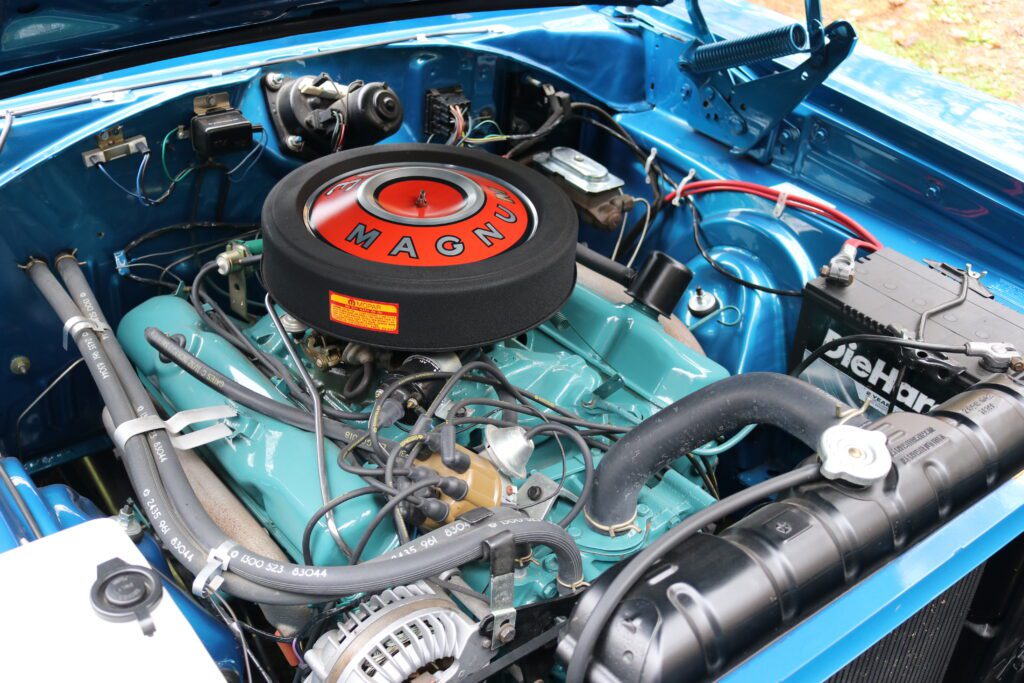
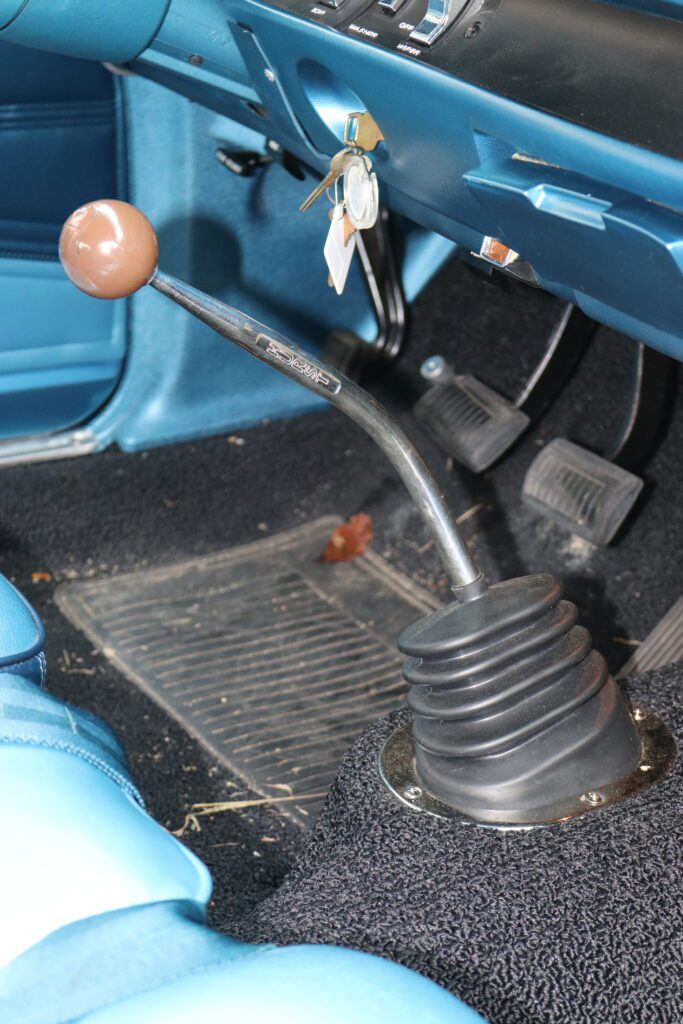
—
“Then I decided that that wasn’t enough, so I put bucket seats in it, an eight-track player, an automatic roof, glass rear window. There’s a number of options in this thing you won’t find in just about any other car.”
Johnson reported that he has documentation showing that his Coronet 500 is one of 38 built with the same performance options. With some other features added in, “It’s more than likely (a) one of a kind vehicle.”
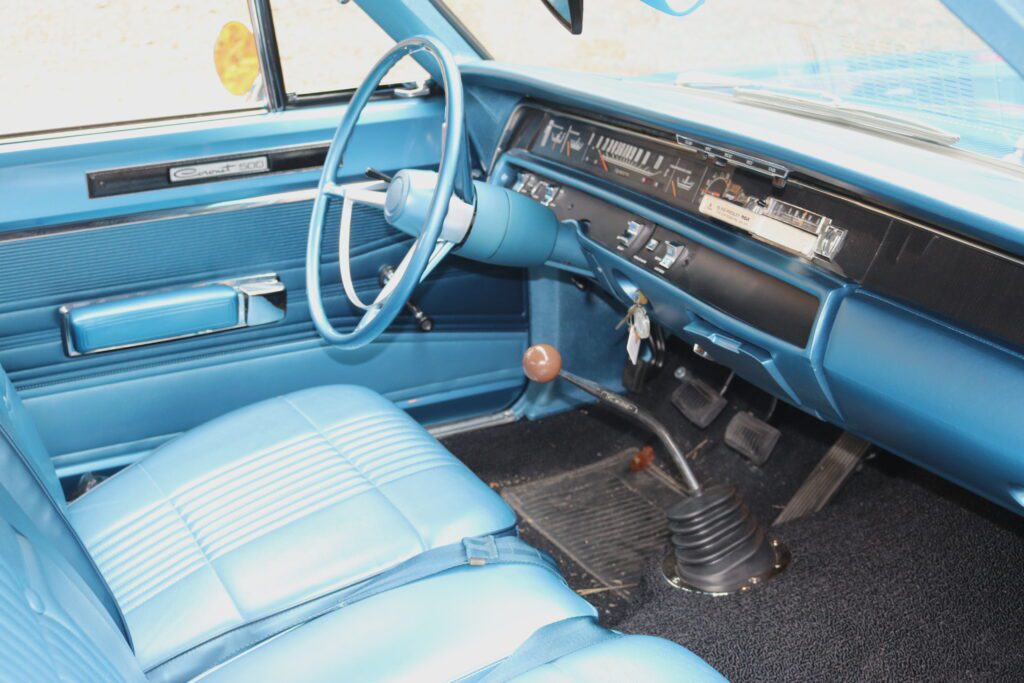
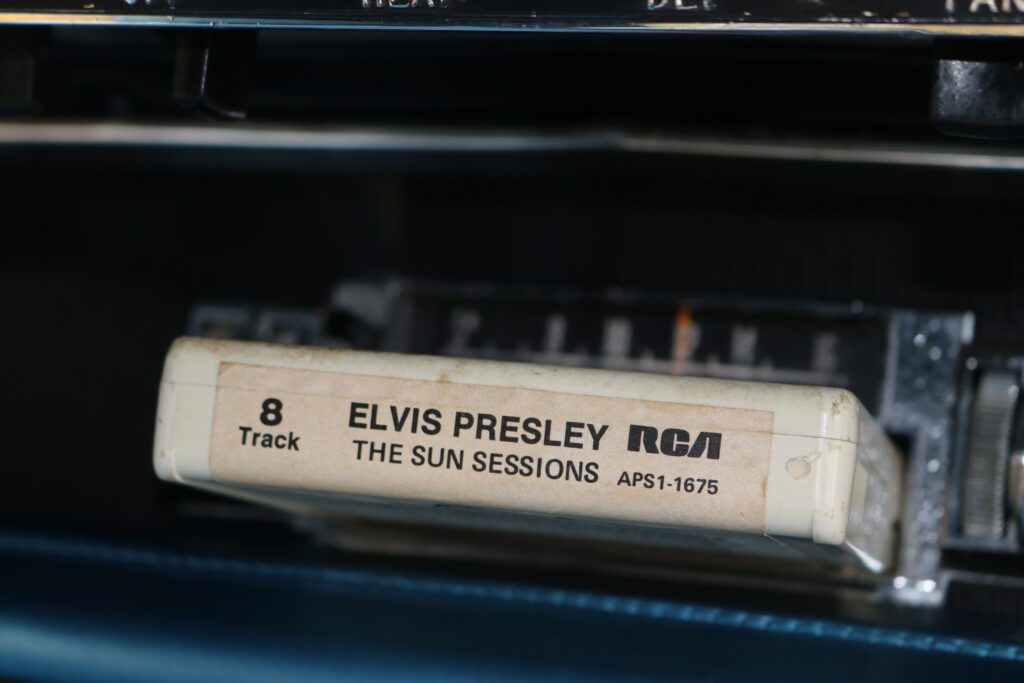
—
He did have fun testing the car’s power.
“It was a rather fast car, let’s put it that way, and I never got caught,” he said.
But the Coronet 500 later served a more useful purpose.
“It was a family car. It really was. Whenever we went on vacation, we took the big car. We could actually put four people plus everything you need to go with it in the trunk. It was a great car to drive and once you get out on the highway, it really was a nice one.”
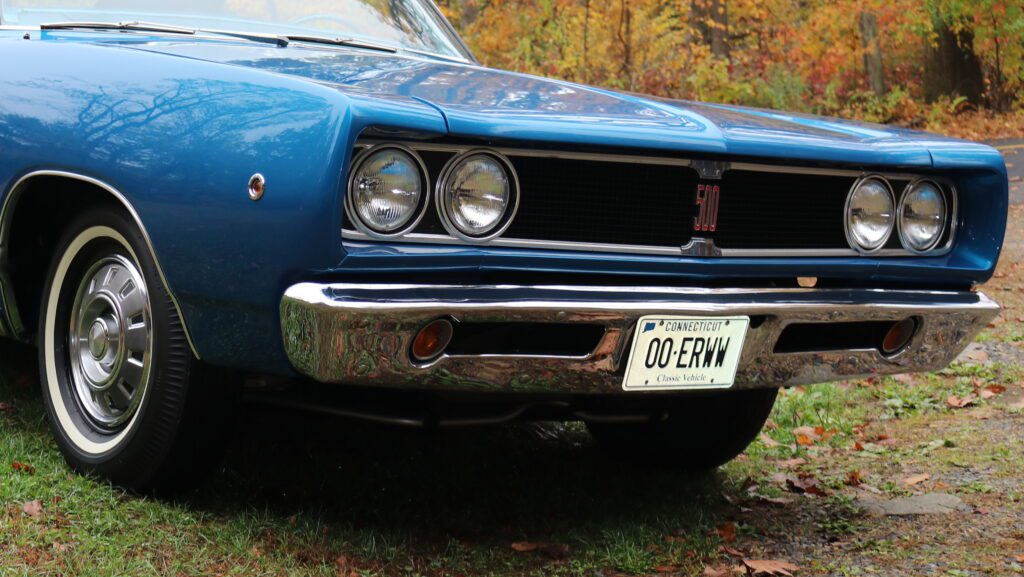
Between 1968 and 1980, Johnson put 146,000 miles on the odometer. “The only reason I stopped using it is the New England weather literally ate the car up; the sand, the salt, the weather; the car just completely deteriorated, so I parked it in the garage,” he recalled.
There it sat until 2002 when he began what turned into a 16-year-old restoration effort to put it back to showroom condition. The work was done by others.
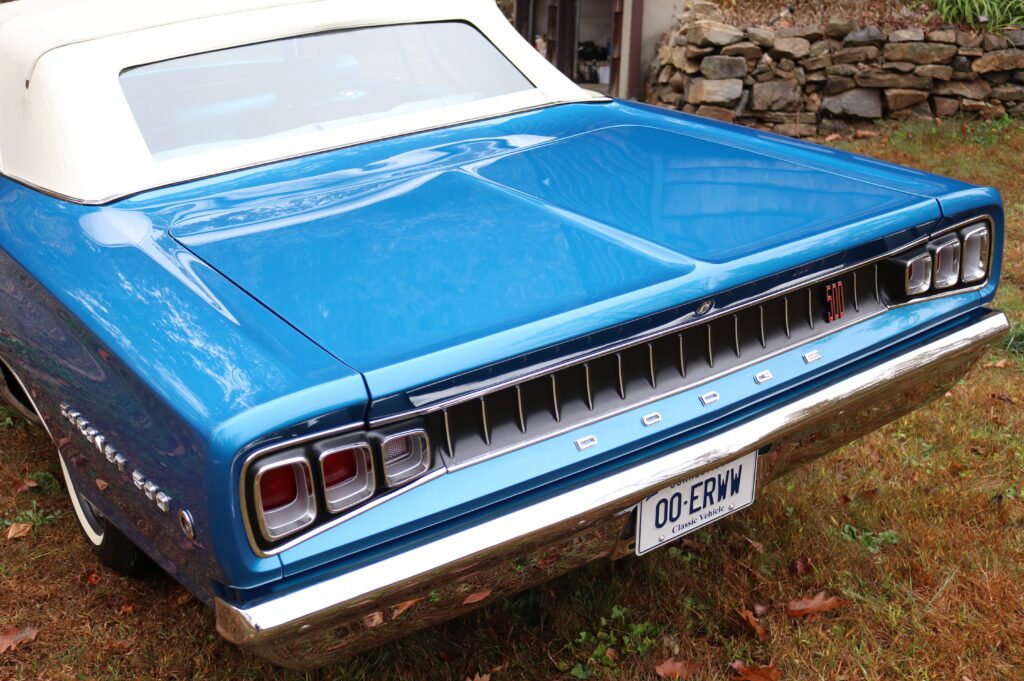
“My sons and I literally dismantled this entire car in the garage. I found out that it was well beyond anything I was anywhere near capable of doing. It was just so rusted out. I didn’t realize how bad the car was. Had no floors. Had no trunk floor,” Johnson said.
“The hardest part, although I did spend years looking for parts, was finding the parts. Parts for a 1968 Dodge are very, very difficult to do because there weren’t a lot of them made. ’68 was a new model year, a new body style.”
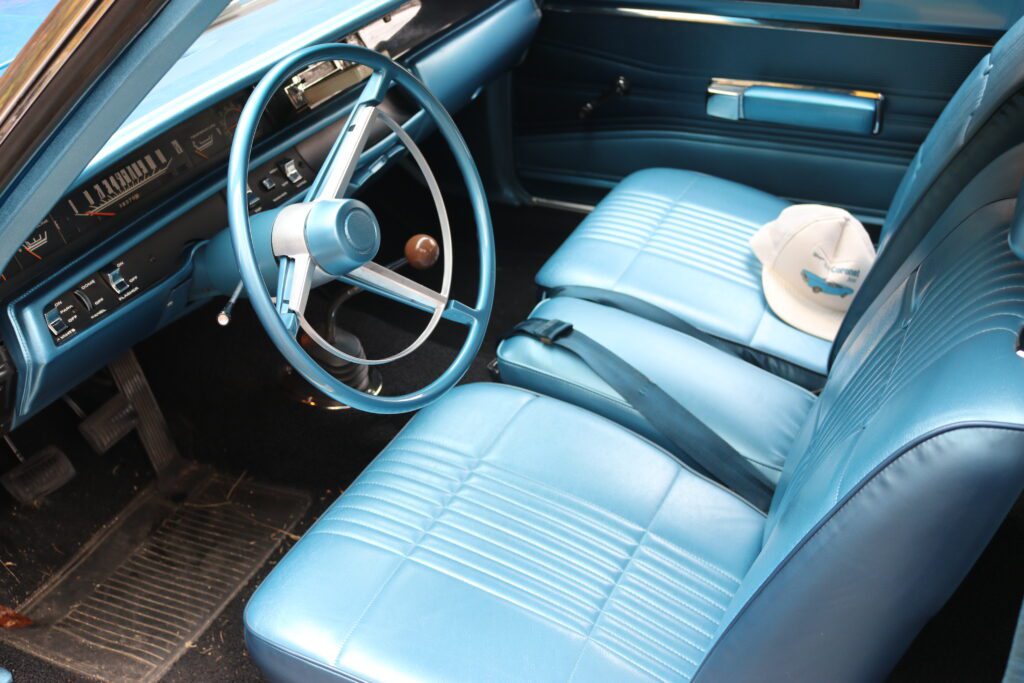
The Coronet 500 had been back on the road for three years when RIDE-CT visited and Johnson has only put about 2,500 miles on it in that time.
“After going through what we had to go through in order to put this thing back to exact stock condition, taking it out on the road with the standard problems you have with road dirt and, basically, inconsiderate drivers, you have to really worry about how far you’re going to drive a car, where you’re going to drive to,” he said.
“A lot of people when they do restorations, they turn them into trailer queens, but I wanted to be able to drive this car; I wanted to be able to take it out on the road.”
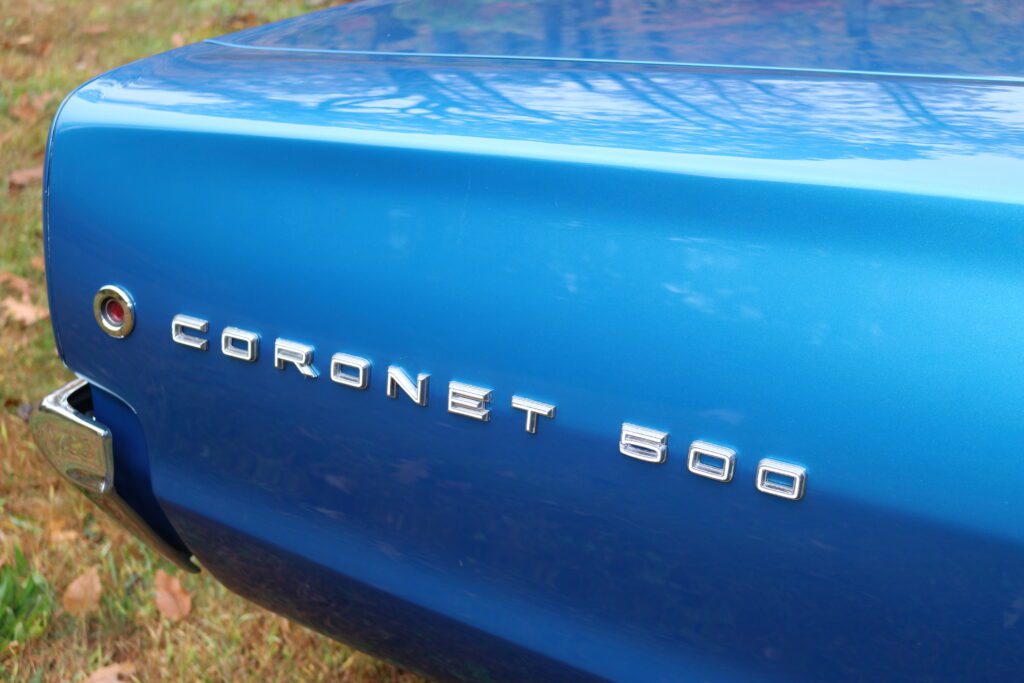

—
Johnson is proud of the finished product.
“What you’re looking at is exactly the way it came out of the factory, right down to the smallest detail,” he said.
In some ways, though, it’s not as thrilling to drive now as it was back in 1968.
“It’s very difficult. When I bought the car, I never thought that not having power steering and power brakes would be a detriment to the automobile. But here we are 50 years later and I find it’s a little more difficult than it was when I was much younger,” Johnson said with a laugh.
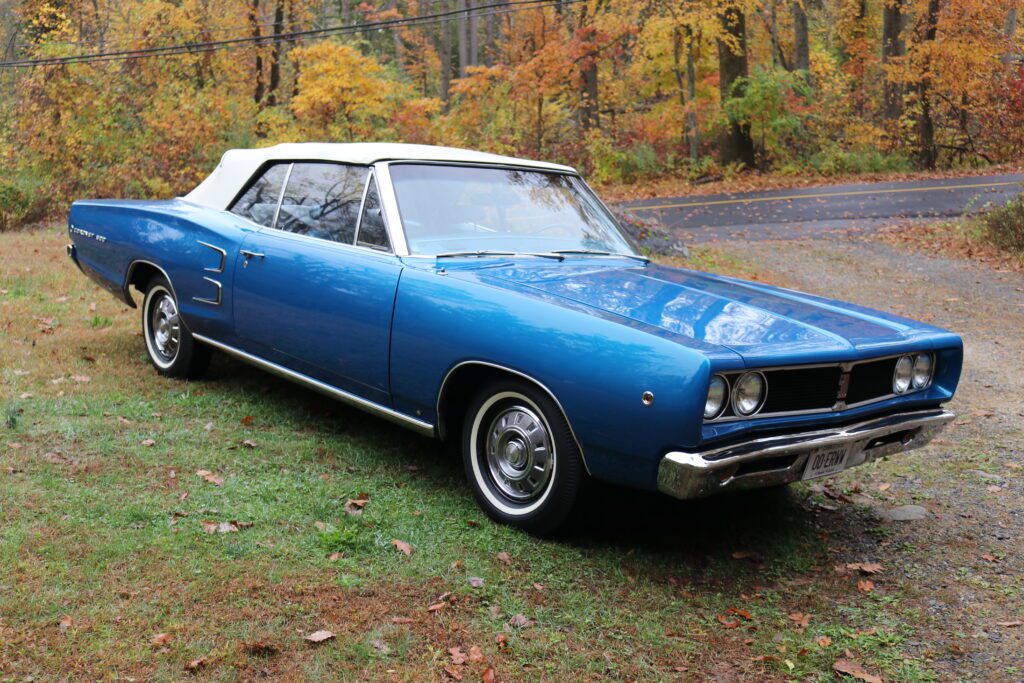
(A version of this story original appeared in the “Republican-American” newspaper in February 2021.)
 RIDE-CT – Classic Cars Celebrating Classic Cars in Connecticut
RIDE-CT – Classic Cars Celebrating Classic Cars in Connecticut

